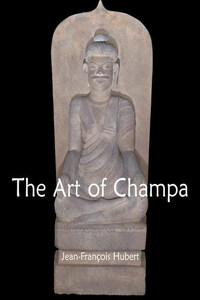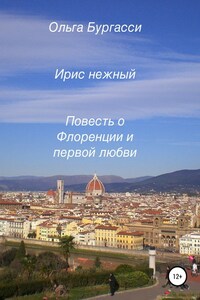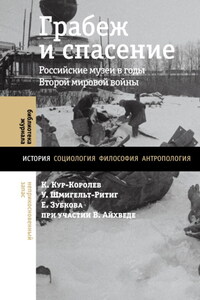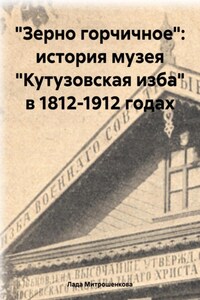1. Sandstone Garuda in the Thâp-Mam style (12th Century) standing in front of the Vietnam History Museum (Hanoi) (detail).
2. Sandstone Garuda in the Thâp-Mam style (12th Century), standing in front of the Vietnam History Museum (Hanoi).
Evoking Champa means glorifying death, sanctifying remnants, magnifying clues, singing the praises of mourning, and reconstructing history. Champa only exists now in the memories of a diminishing collection of living people who desire eternal life, in a half-audible melody – necessarily exotic – that is hummed by a few disquieted spirits.
Yet, in defiance of time, held in compassion by it, wreaking revenge on the injustice of the inevitable… Cham statues bear witness to this civilisation that was swallowed up in the meanders of history, profane child of the divine work of destruction.
Civilisations die, but all are fecund. They leave in our collective memory those fundamental notions, impossible to articulate, which are irresolutely infinite and unattainably absolute.
Perhaps, however, the Cham civilisation is a little more lost to us than others: death is not a state of being but a discourse, and Champa has long lacked orators and an audience. Still, what a gesture! A mysterious birth, a stateless ideal, a glorious decadence, a death announced in the name of impossible otherness. Champa is five hundred years of mystery, a thousand of destruction, and three hundred of being forgotten.
The most efficient approach to its rediscovery was to capture its vestiges, its abandoned towers, its forgotten sculptures, its sublime sites where the divine wanders; a pleasant task for the willing traveller, armed with the learned indications of the great ancients and attentive to the unbiased attraction of discovery. Examining a statue, carrying out an authentication, is to interrogate condensed history. All the statues illustrated in this book were closely examined, measured, inspected, and authenticated. All from private collections, often heretofore unpublished, they bring new blood to the observation: in art, nothing is more dangerous than inbred models and limited fields of vision.
Cham art in general and Cham sculpture in particular is profoundly original. It was rediscovered by the French and has now been repossessed by the Vietnamese at the beginning of the twenty-first century.
Profoundly original because even if a few stylistic comparisons can be made, origins referred to, or influences noted, Cham sculpture differs from all other schools of sculpture – past or present.
Rediscovered by the French during the period of French administration in Indochina (which included Vietnam) in the second half of the nineteenth century, its scientists and explorers supported by the government of the day. Explorers, supported by architects, epigraphists and archaeologists not only garnered a unique fund of knowledge, combining documentation and commentary, but also carried out the major work of conserving Cham sites. In a world where the use of French is declining, it is not insignificant to note that French remains the language of reference for the study of Cham art: no precise reference, no serious study could – even today – escape from the detailed examination and attentive reading of documents drawn from the best sources, all written in French, over the last five hundred years.

3. Vo-Canh Inscription Standing in front of the Vietnam History Museum (Hanoi). Dated from the 3rd and 4th Century, it remainins pivotal in much research although its being of Cham origin is uncertain.
These documents have been repossessed today by the Vietnamese because they have been able, after the demands of years of war, to interest themselves in an art that, for many, remains foreign. After all, in the collective conscience that cements a nation, the Chams were, consciously, the enemy to the south, those who pillaged the north, and who, after Chinese occupation until the tenth century, appeared as the obstacle to an “expansion to the south” (Nam Tien) that the north’s demographic growth rendered inevitable. Subconsciously, the Chams were also a source of guilt for the majority Kinh, having irreversibly destroyed a local culture that was over a thousand years old, reducing a people to assimilation. Roughly 100,00 °Chams still live in Vietnam, listed in the inventory of fifty-four minorities in the country, living mainly near Phan Rang and Phan Ri, or near Chau Doc, all in the southern part of modern Vietnam.








